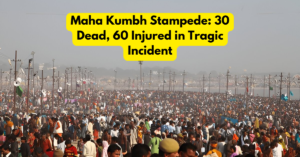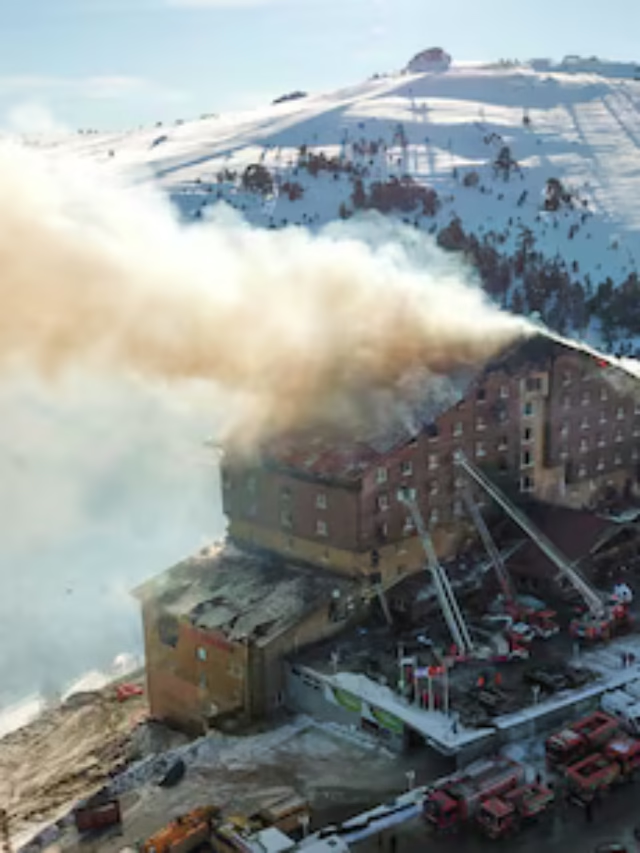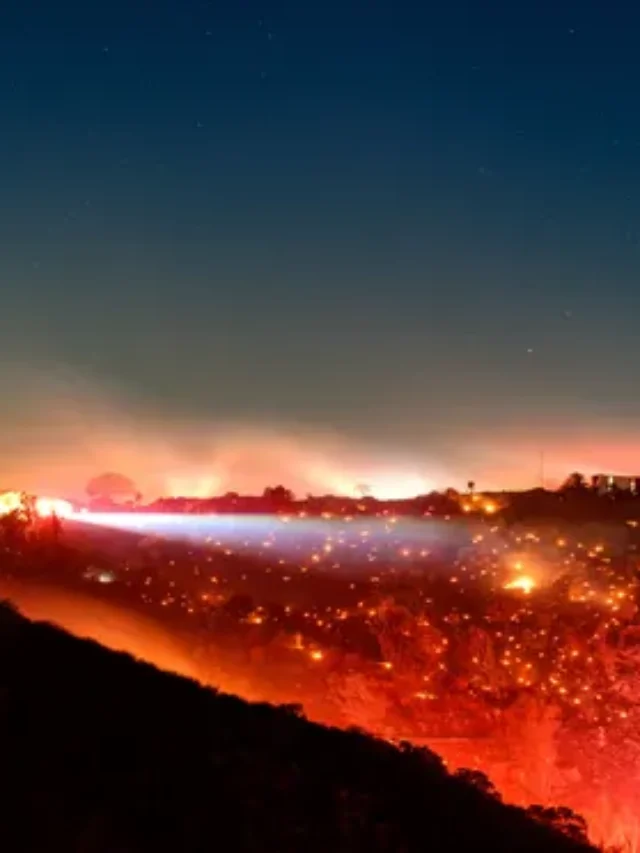A tragic incident unfolded in the early hours of Wednesday morning at the Maha Kumbh Mela in Prayagraj, Uttar Pradesh. A deadly stampede claimed the lives of at least 30 devotees and left more than 60 others injured. The mishap occurred during the highly auspicious ‘Amrit Snan’ ritual on Mauni Amavasya, one of the most sacred bathing days in the festival. The accident has raised serious concerns regarding crowd management and safety measures at one of the world’s largest religious gatherings.

The Incident: How It Happened
The stampede occurred between 1 AM and 2 AM, just before the ‘Brahma Muhurta’—a sacred period considered ideal for spiritual practices. During this time, thousands of devotees surged forward, eager to take a holy dip at the confluence of the Ganges, Yamuna, and the mythical Saraswati rivers.
Despite stringent crowd control measures, the overwhelming number of attendees led to panic. Barricades set up to control the movement of devotees collapsed under pressure, causing people to fall and get crushed in the chaos. Emergency responders rushed to the scene, but the scale of the tragedy was already devastating.
Aftermath and Immediate Response
Casualties and Injuries
- Fatalities: At least 30 people lost their lives in the stampede.
- Injured: More than 60 devotees sustained injuries, some of them critical.
- Medical Assistance: The injured were immediately transported to nearby hospitals for urgent medical care.
Government and Administrative Action
- Judicial Inquiry: Uttar Pradesh Chief Minister Yogi Adityanath announced the formation of a three-member judicial commission to investigate the causes of the stampede and recommend measures to prevent future incidents.
- Financial Compensation: The state government declared an ex-gratia of Rs. 25 lakh to the families of the deceased and financial aid for the injured.
- Identification of Victims: Authorities are working on identifying the victims and informing their families about the tragedy.
Eyewitness Accounts: A Scene of Chaos and Panic
Survivors of the tragic event recall moments of sheer panic as the crowd surged forward uncontrollably. Many people fell to the ground, getting trampled in the rush. Some tried to save their loved ones but were helpless in the face of the massive pressure of the crowd.
One devotee, who barely managed to escape, recounted: “I was holding my mother’s hand, but in the rush, she was pushed away. People were falling on each other, and I couldn’t reach her. It was horrifying.”
Another eyewitness described the situation as “an uncontrollable sea of people,” with screams filling the air as authorities struggled to restore order.
Safety Concerns: Is Enough Being Done?
This unfortunate incident highlights serious flaws in crowd management and safety protocols during large religious events in India. While the Maha Kumbh Mela is known for attracting millions of devotees, the question remains—are the authorities truly prepared to handle such immense gatherings?
Key Safety Concerns:
- Overcrowding and Barricade Failures: Despite prior planning, the crowd control measures were insufficient to handle the overwhelming number of devotees.
- Inadequate Emergency Response: While emergency teams were mobilized quickly, they struggled to reach victims in time due to the sheer scale of the chaos.
- Lack of Proper Signage and Direction: Many devotees reported that they were unaware of designated pathways, leading to congestion in critical areas.
- Poor Coordination Among Authorities: Coordination between police, medical teams, and event organizers needs significant improvement to avoid similar disasters in the future.
Understanding the Maha Kumbh Mela: A Spiritual Gathering of Millions
The Maha Kumbh Mela is one of the most significant religious events in Hinduism, held once every 12 years at four different locations—Prayagraj, Haridwar, Ujjain, and Nashik. It is considered a spiritually transformative event where millions gather to bathe in sacred rivers, believing that it cleanses their sins and grants salvation.
Why is Mauni Amavasya Special?
- Mauni Amavasya is considered one of the holiest bathing days during the Kumbh Mela.
- It marks a day of complete silence and deep meditation for many devotees.
- The belief is that taking a dip in the river during this time enhances spiritual growth and purifies the soul.
Steps Forward: Ensuring Safer Religious Gatherings
In light of the recent tragedy, authorities and event organizers must take proactive steps to enhance safety during such massive gatherings.
Recommended Measures:
- Improved Crowd Management: Implementing advanced crowd monitoring technology and real-time tracking to prevent overcrowding in specific areas.
- Strengthening Infrastructure: Reinforcing barricades, ensuring wider pathways, and improving exit routes to avoid bottlenecks.
- Better Communication: Setting up clear signage, loudspeakers, and dedicated volunteer teams to guide devotees.
- Enhanced Medical Preparedness: Deploying additional medical stations and mobile clinics at strategic locations.
- Strict Entry and Exit Control: Regulating entry points and dispersing the crowd effectively after rituals to prevent sudden surges.
Conclusion
The Maha Kumbh Mela is a festival of faith, devotion, and spirituality, drawing millions of devotees from across the world. However, the recent tragedy in Prayagraj serves as a stark reminder of the urgent need to prioritize safety and efficient crowd management. As authorities investigate the incident and implement corrective measures, it is crucial to ensure that such heartbreaking events never happen again.
For now, the nation mourns the lives lost in this unfortunate incident, while the families of the victims struggle to come to terms with their immense loss. Our prayers go out to those affected, and we hope that this tragedy leads to substantial improvements in the organization of future religious gatherings in India.
Visit: 24 hours latest news



















